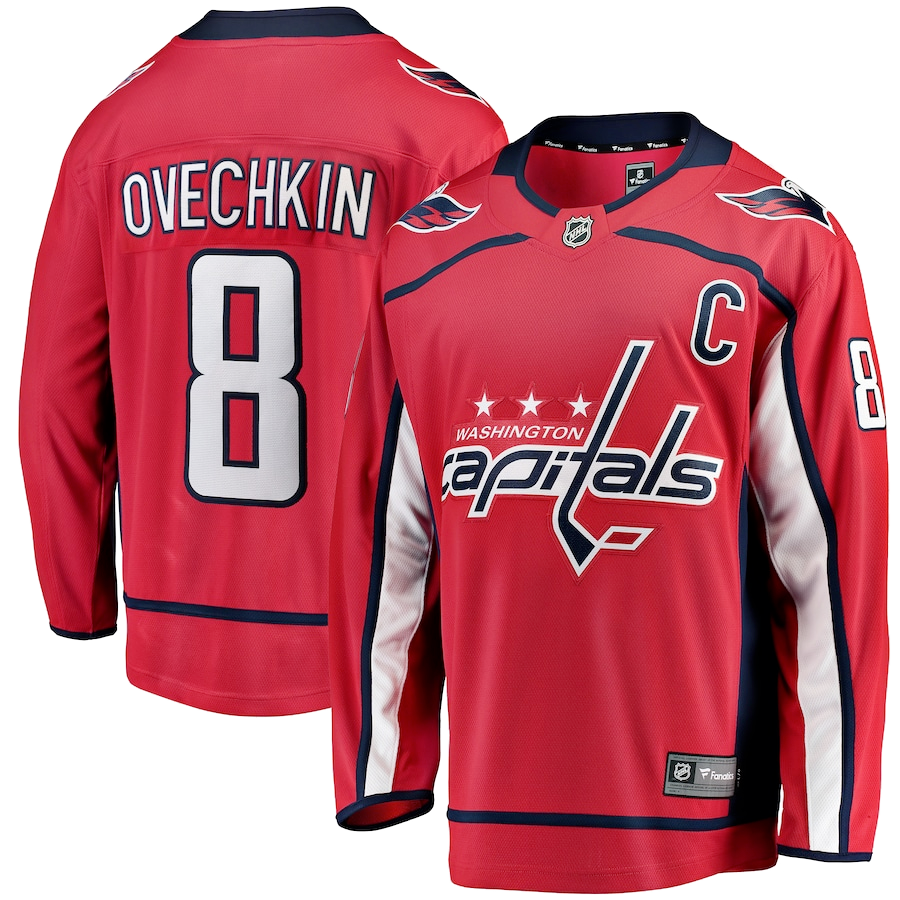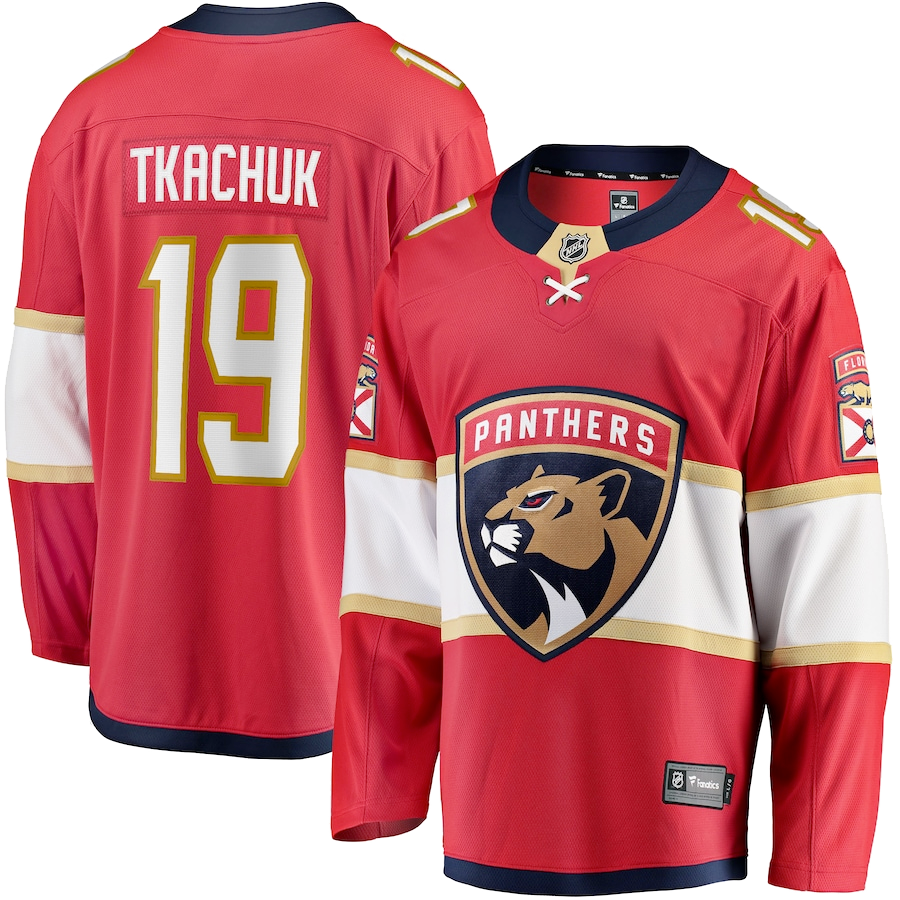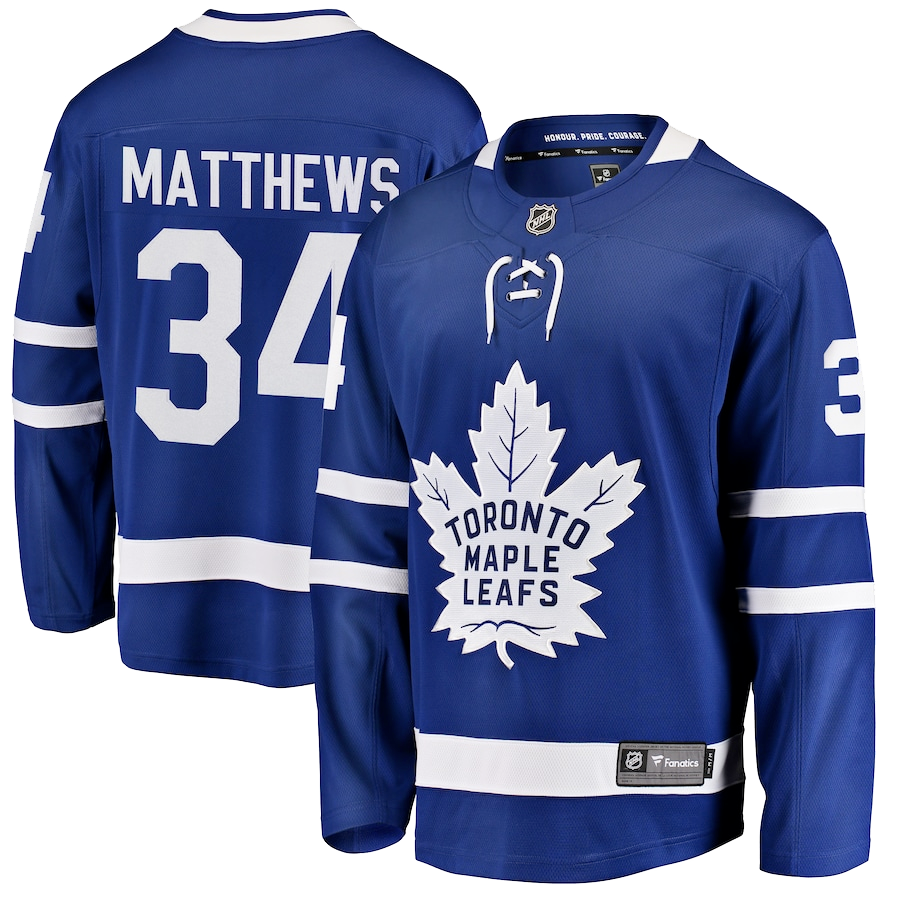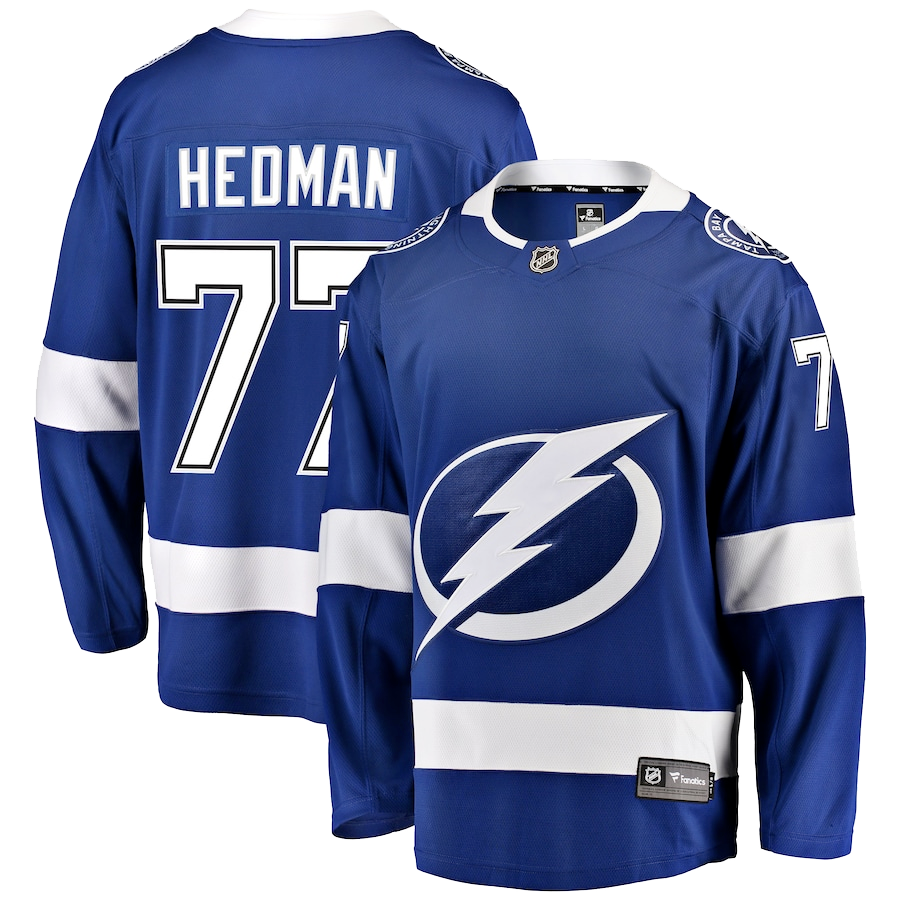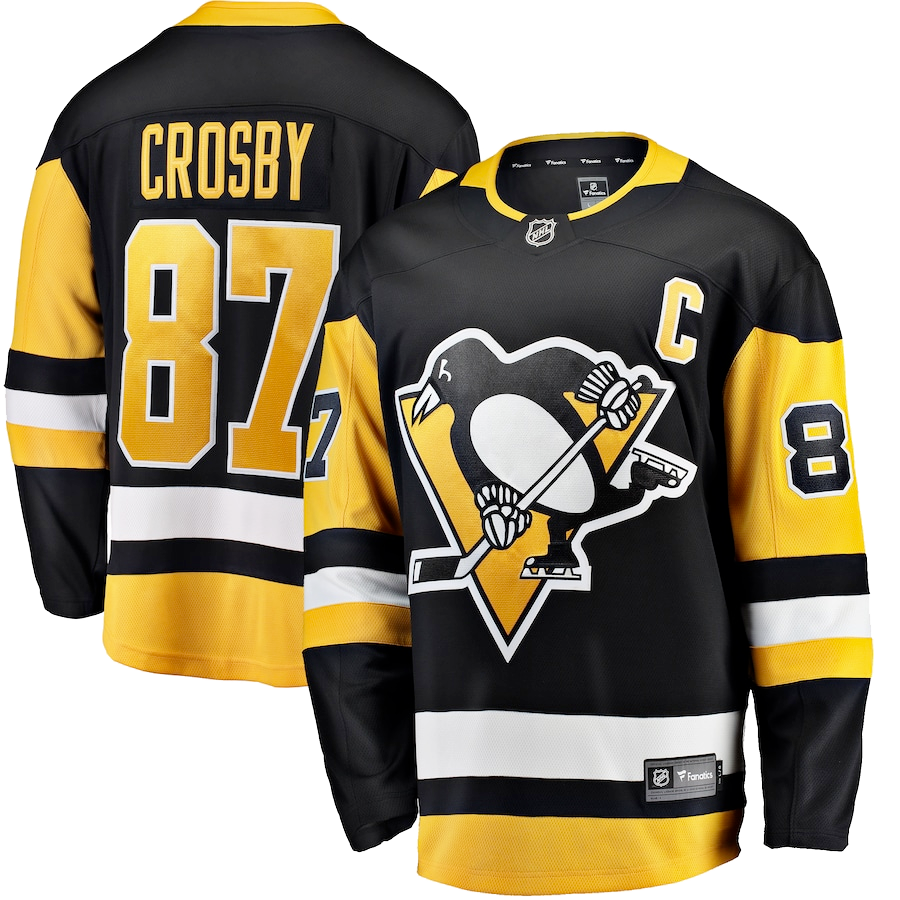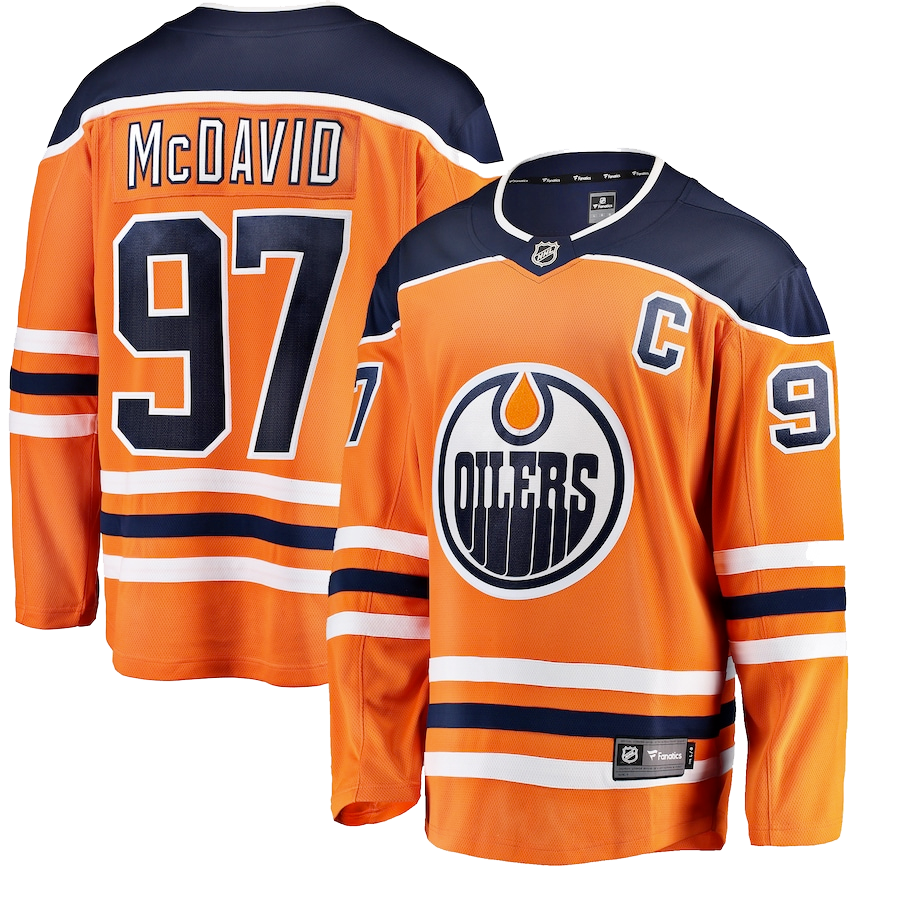Johnny Bower and Terry Sawchuk, Glenn Hall and Jacques Plante, Ed Giacomin and Gilles Villemure are just a few of the fine goaltending duos that were formed after the NHL made it mandatory for teams to dress two goaltenders for games.
But the two-goalie concept was a seed in the fertile mind of Rangers’ coach Frank Boucher long before the league enacted the rule in 1965.
At the end of World War II, Boucher found himself blessed with two NHL caliber netminders: “Sugar Jim” Henry and Chuck Rayner. The irony of the situation was that Boucher had spent the war years searching for just one capable goaltender, and now that he had two, he was going to put them to good use.
Henry had replaced Davey Kerr in the Ranger net in 1941 but enlisted in the Armed Forces at the start of the war. Then when he returned in 1945-46, he found that the Rangers had also signed Chuck Rayner, who had become a free agent when the Brooklyn Americans folded in 1942.
Rather than send one to the minor leagues, Boucher experimented with a two-goalie system that was years ahead of its time, switching between Henry and Rayner in alternate games and then, swapping his goaltenders like forwards by five-minute intervals.
“Frank switched us every third line change or so,” Rayner later explained. Unfortunately, the Rangers only had one pair of goalie gloves. “When I skated off to the bench and ‘Sugar Jim’ came on the ice, we would meet at the blueline so we could exchange gloves in front of 15,000 fans.”
If there was a rivalry between the two men, it never became an issue. Through it all “Sugar Jim” and “Bonnie Prince Charlie” became the best of friends and even started a hunting and fishing business together.
The experiment ended when the Rangers farm club in New Haven needed help in goal and the Blueshirts needed offense and couldn’t afford the luxury of two goaltenders instead of an extra forward.
Henry returned to replace the injured Rayner for most of the 1947-48 season and was eventually traded to Chicago for winger Alex Kaleta and another goalkeeper by the name of … Emile Francis. He later wound up in Boston where he was named to the 1951-52 All-Star team and led the Bruins to the Stanley Cup Finals in 1953.
Rayner was also a strong skater and knew how to fire the puck with that big goalie stick. While playing for the Royal Canadian Armed Forces team he actually skated the length of the ice and scored a goal. The innovative Boucher recognized Rayner’s offensive talents and used him on the point during power plays in a few games in the late 1940s.
“That was Frank’s idea all the way. I used to do a lot of skating and shooting in practice, so he decided to try it in a game,” Rayner said. “I’d only come out half-way up to the blueline. It only happened four or five times.”
But on February 1, 1947, Chuck took it a step further. After making a stop late in a 2-1 loss in Montreal, he rushed the puck up ice into the Canadiens’ zone and tried to score the tying goal. He went on to try it a couple more times, each to no avail.
Chuck led the Blueshirts to the 1950 Stanley Cup finals where they were beaten by Pete Babando’s goal in the second overtime of the seventh game. He was awarded the Hart Trophy as the NHL’s Most Valuable Player for his efforts that season and appeared in three All-Star games during his career. Chuck was also inducted into the Hockey Hall of Fame in 1973.
Injuries forced Rayner into retirement in 1953 when he was replaced by another legendary Ranger netminder, Gump Worsley.
In 1965 the NHL made it mandatory for teams to dress two goaltenders for every game. And although the owners probably weren’t happy about having to pay an extra salary, the ruling was beneficial to the sport for a number of reasons.
First and foremost, the ruling went a long way towards legitimizing the sport in the eyes of the public because the results of a professional game would no longer rest in the unsteady hands of an over-matched amateur who was called out of the stands to replace an injured netminder.
The league’s decree as well as the 1967 expansion also opened up new roster spots for goalkeepers and extended the careers of veterans like Terry Sawchuk, Johnny Bower, Glenn Hall, Jacques Plante and Gump Worsley.
Toronto’s Punch Imlach jumped ahead of the curve when he claimed the 35-year-old Sawchuk in the 1964 Intra-league draft from Detroit.
Sawchuk teamed up with the already 40-year-old Johnny Bower to share the Vezina Trophy in 1965. It was Bower’s second Vezina and Sawchuk’s fourth.
Two seasons later the pair led the Maple Leafs to the Stanley Cup in 1966-67. It was the fourth Cup victory for both veterans, but Maple Leaf fans have been waiting for another championship ever since.
During that season Imlach often added a third goaltender to the mix, calling up Bruce Gamble to back up one of his veteran netminders, while the other one stayed home and rested or went ahead to the next stop on a road trip.
Glenn Hall 36, was selected in the expansion draft by St. Louis in 1967. He took the Blues to the Stanley Cup Finals that spring and was awarded the Conn Smythe Trophy as the playoffs MVP.
Jacques Plante 40, came out of retirement in 1968 to team with Hall and shared the Vezina that season. It was Hall’s third Vezina and Plante’s seventh.
Another veteran netminder who saw his career extended was Gump Worsley who spent his last five years in the league sharing the crease with Cesare Maniago in Minnesota. The 5-7 Worsley and 6-3 Maniago reminded many of Mutt and Jeff, but the pair became close friends and Cesare was even able to convince the Gumper to don a mask during his final season.


